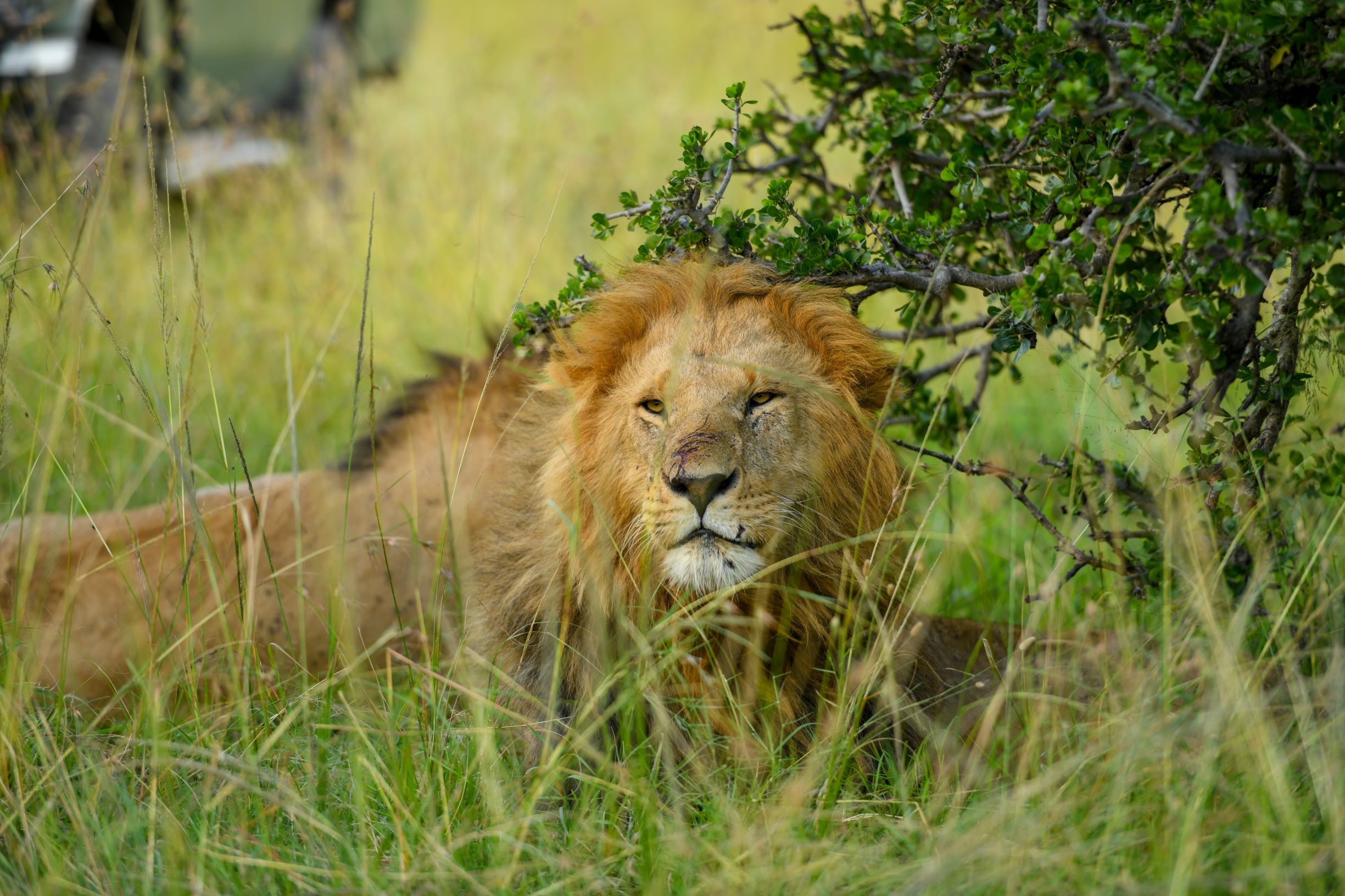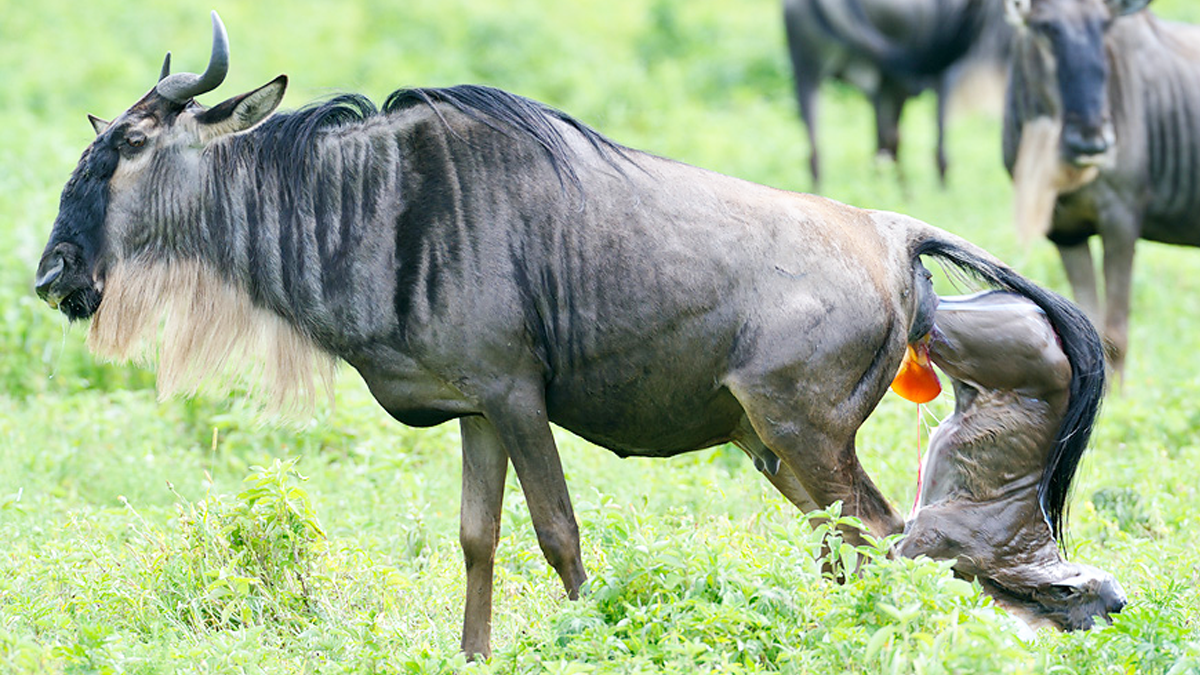Explore the Serengeti Migration
The Serengeti is world-renowned for its annual migration which also arguably the main highlight of a Serengeti Safari tour, this migration covers a distance of over 800km and involves over 2.5 million animals. This is the largest mammalian migration on earth and attracts safari enthusiasts from all over the world. Predators like lions, cheetahs, African hunting dogs and spotted hyenas play a vital role in this event.
 River crossings are a major obstacle, especially the Grumeti in Serengeti and the Mara along the Kenya border in the north. These crossings can be scenes of true carnage, as panicked herds struggle across the raging flows in a writhing mass of bodies while crocodiles and lions pick off the weak, injured or careless animals.
River crossings are a major obstacle, especially the Grumeti in Serengeti and the Mara along the Kenya border in the north. These crossings can be scenes of true carnage, as panicked herds struggle across the raging flows in a writhing mass of bodies while crocodiles and lions pick off the weak, injured or careless animals.
The migration’s ceaseless movement is based on a seasonal search for fresh water and pasture dictated by the rains, moving in a roughly clockwise direction. The great migration concentrates in the national park from April to June when the long rains are ending. Then it goes northward towards Kenya’s Maasai Mara Game Reserve, where it reaches in August. By September and October, the migration is concentrated in Maasai Mara.
The bulk of the migration then turns back towards northern and eastern Serengeti, following the fresh grass brought by the short rains. In this period, the migration is widely spread out, and a large part of it circles through Loliondo and into Ngorongoro beyond the Serengeti’s eastern border.
From December to March, which is the best time for a Serengeti Migration safari, the migration settles in the Serengeti Plains and western Ngorongoro, where it remains until the onset of the long rains. During this time, the wildebeest give birth to half a million calves, especially from late January to mid-March. The timing of this mass birthing provides security in numbers, as predators will eat their fill. However, only one in three calves make it back next year, despite being much stronger and able to outrun their pursuers.
The exact time and location of the migration can vary annually due to the rains and other factors, so there is no guarantee of coinciding with it. As a general rule, the best months to plan your Serengeti safari with an interest in seeing the migration are from December to July, especially February and March when the wildebeest herds are dotted with newborn, or April to June when animal concentrations are at their highest.
The best time to catch the migration’s perilous crossing of the Grumeti River is in June, while the spectacular Mara River crossing is best seen in July and August, which is also the peak tourist season. The dry months of June and July and usually January are probably the most favorable months to visit for your Serengeti safari

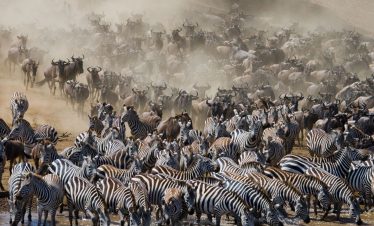
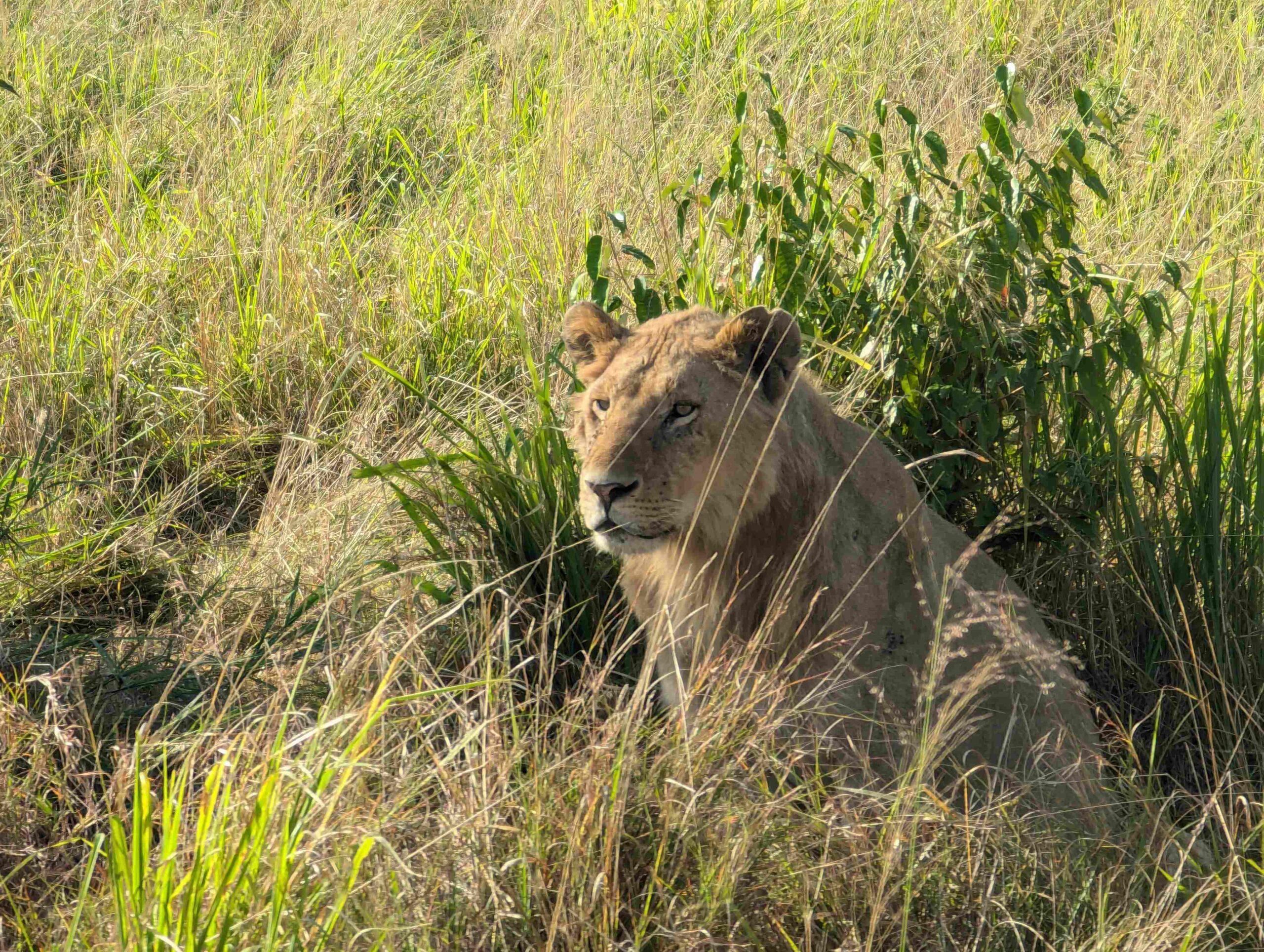
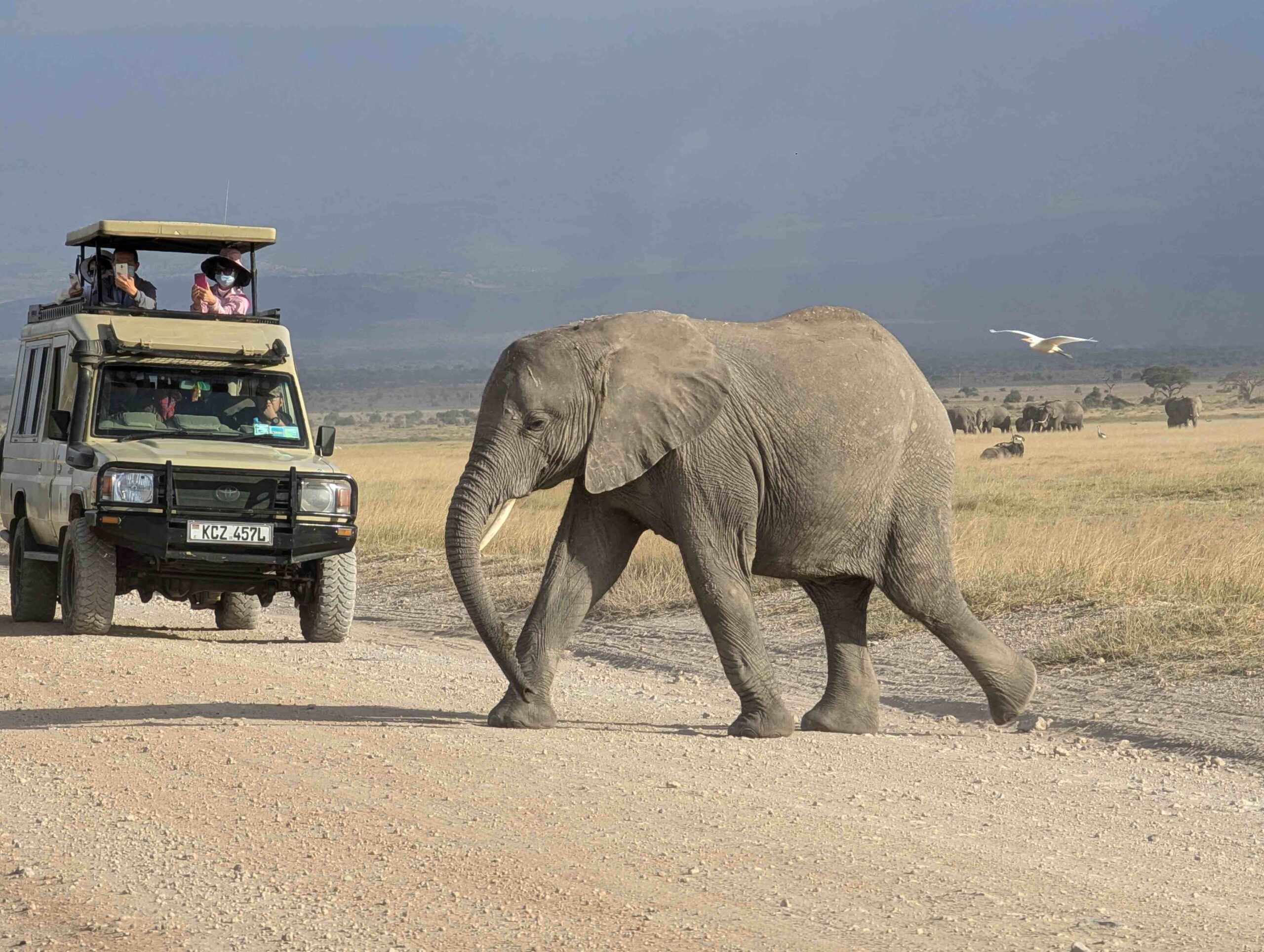

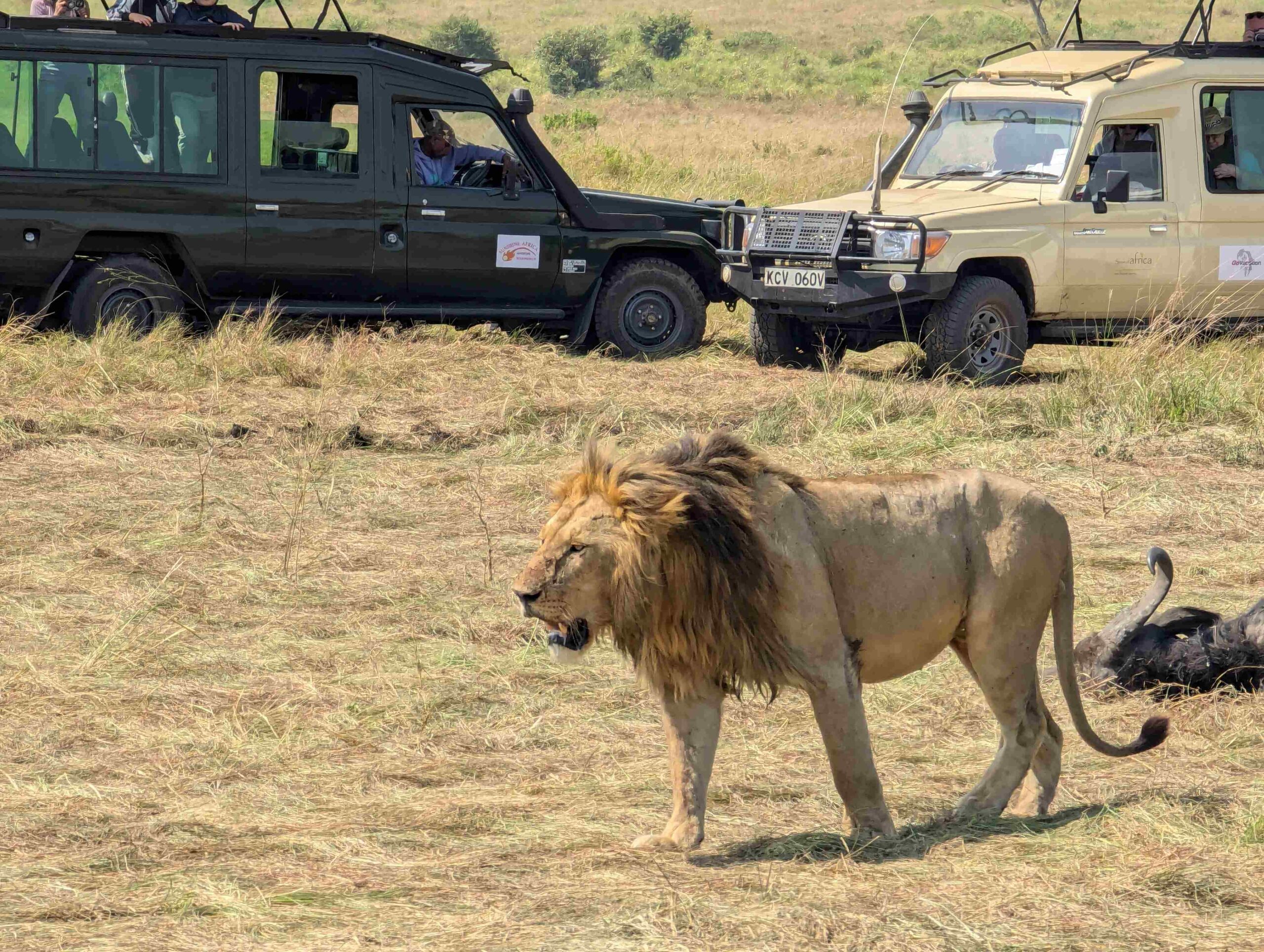

 Exploring the
Exploring the  A
A 
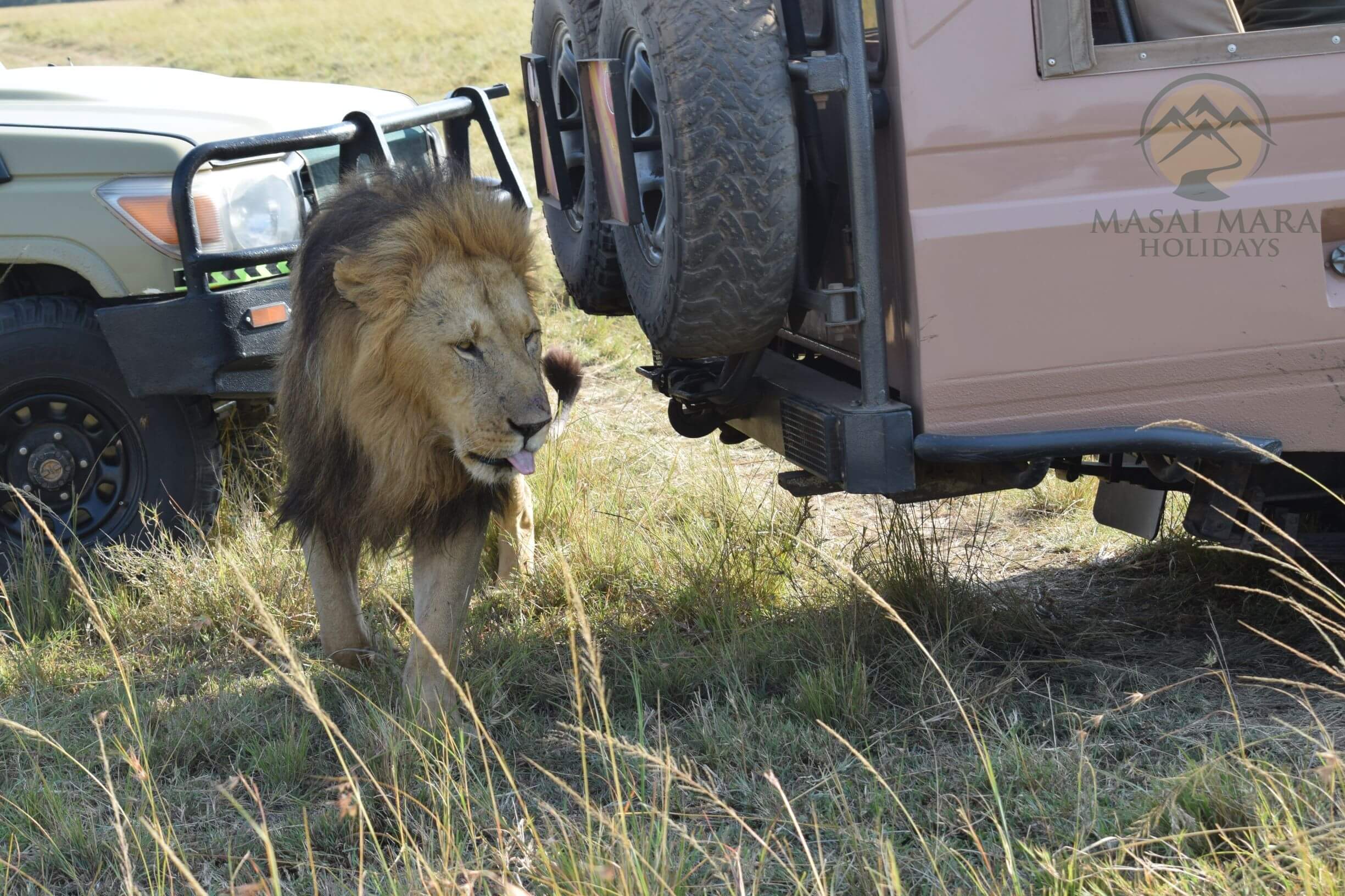
 The choice of your camp or lodge in Serengeti must ultimately be led by the Migration timing. There is no point in being in the
The choice of your camp or lodge in Serengeti must ultimately be led by the Migration timing. There is no point in being in the  Most of these camps are set up in the northern Serengeti from June and July to October and November, and move south to the short-grass plains around Ndutu from December to March, after which they close down for tent maintenance and upgrades during April and May.
Most of these camps are set up in the northern Serengeti from June and July to October and November, and move south to the short-grass plains around Ndutu from December to March, after which they close down for tent maintenance and upgrades during April and May.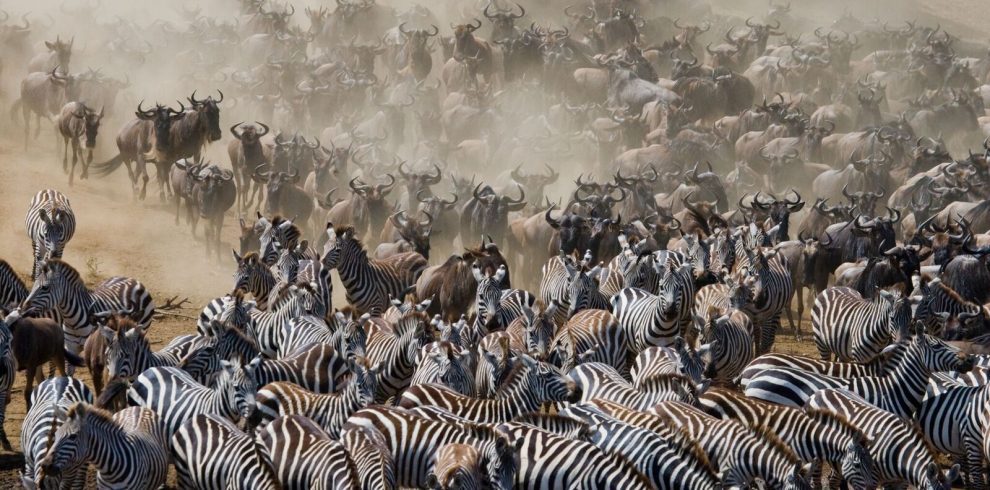
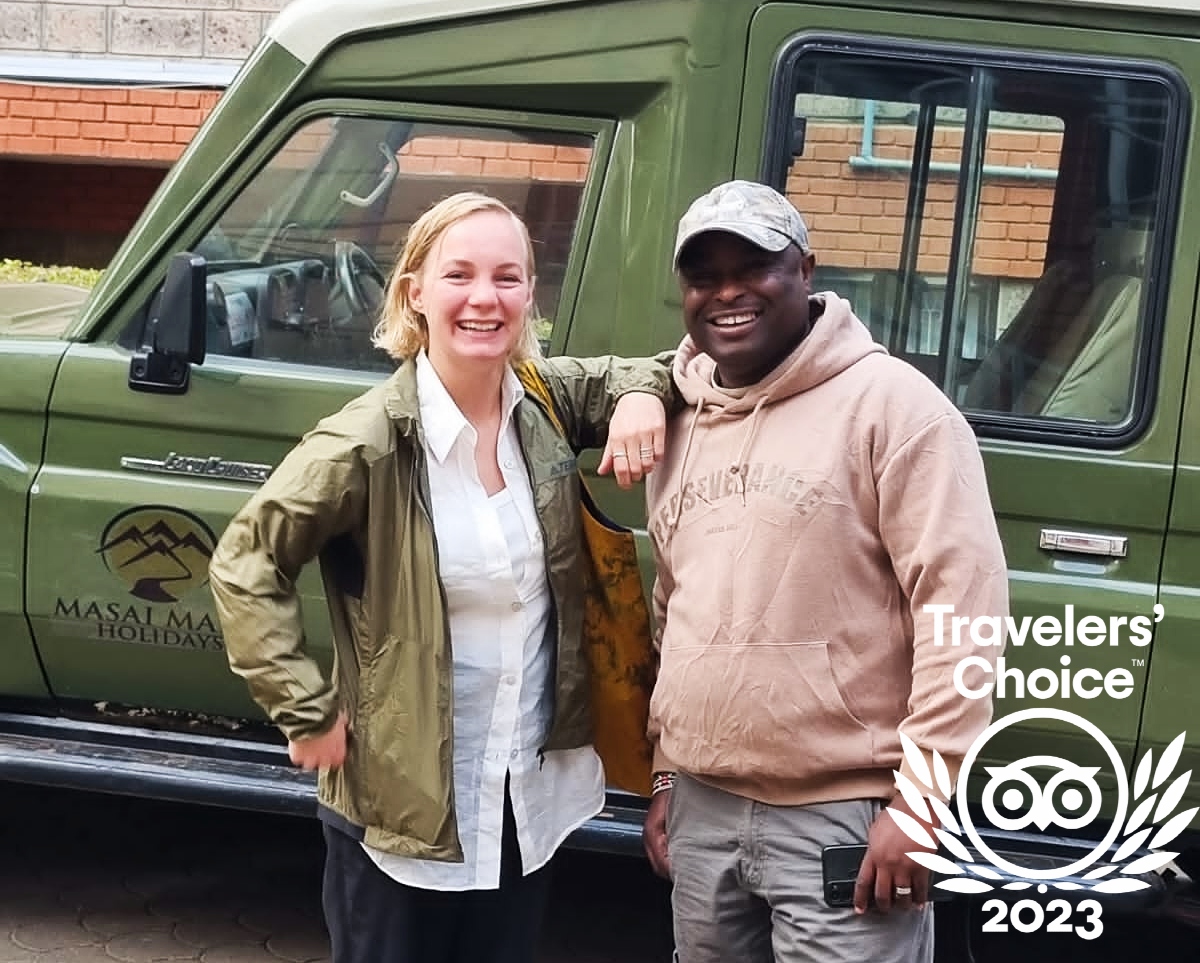

 Popular flight aggregators to The Serengeti include Regional Air, Auric Air, Coastal Air and Flight Link. Please note that you will be restricted on how much luggage you can carry and should there be any excess, it can usually be stored by your Serengeti Safari operator. The best way to setup a Fly in Safari to Serengeti National Park is to book an all-inclusive package that includes airfare. A Serengeti tour operator makes all the arrangements easier and many will offer tours that combine other parks on top of the Serengeti.
Popular flight aggregators to The Serengeti include Regional Air, Auric Air, Coastal Air and Flight Link. Please note that you will be restricted on how much luggage you can carry and should there be any excess, it can usually be stored by your Serengeti Safari operator. The best way to setup a Fly in Safari to Serengeti National Park is to book an all-inclusive package that includes airfare. A Serengeti tour operator makes all the arrangements easier and many will offer tours that combine other parks on top of the Serengeti. By Road
By Road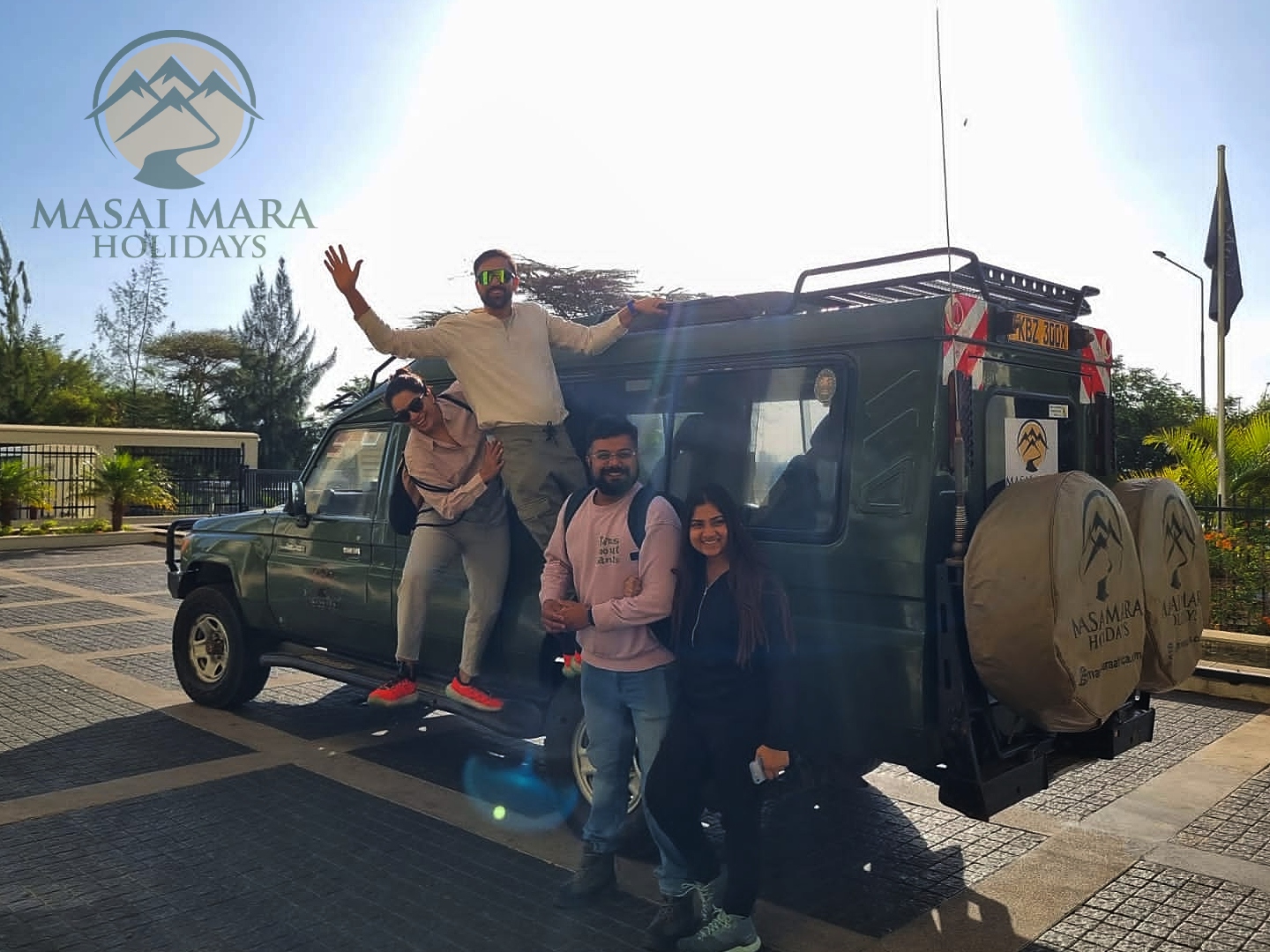 Most
Most  Mid range Serengeti Safaris
Mid range Serengeti Safaris The
The 
